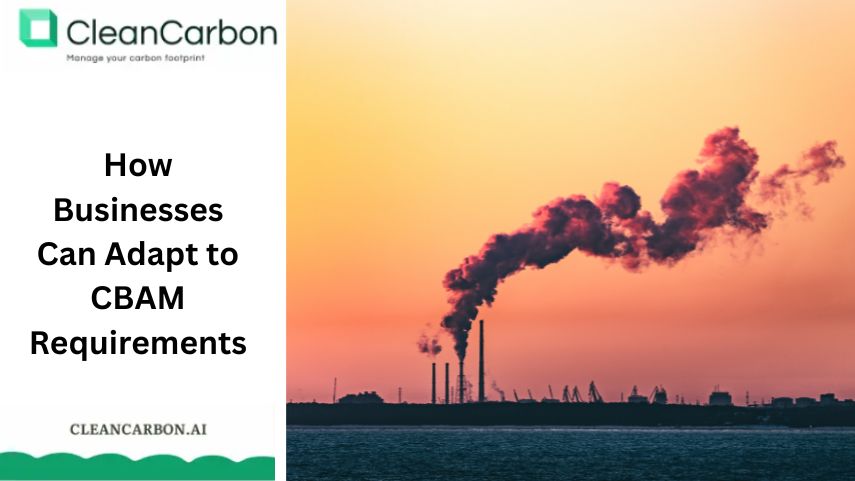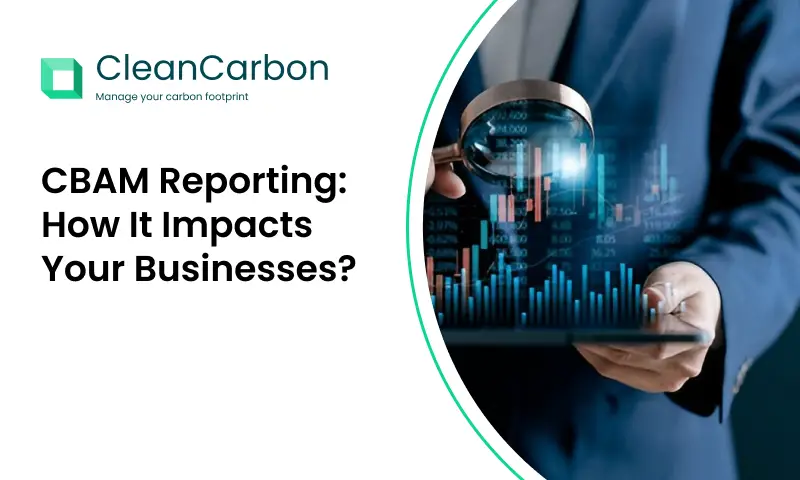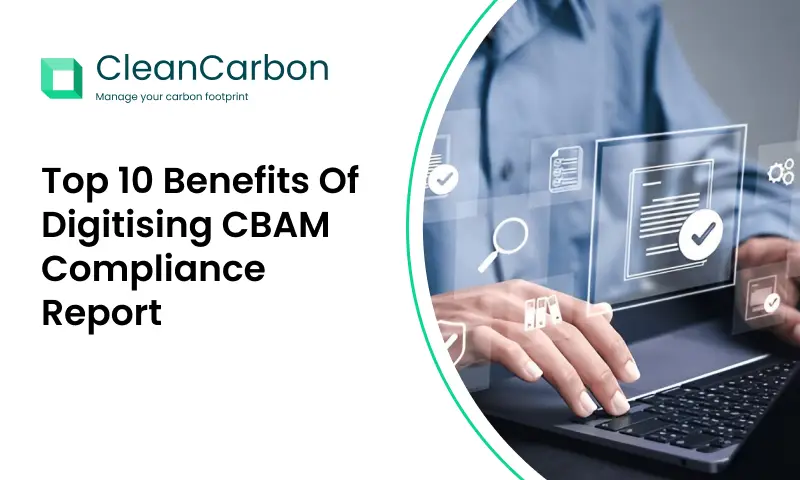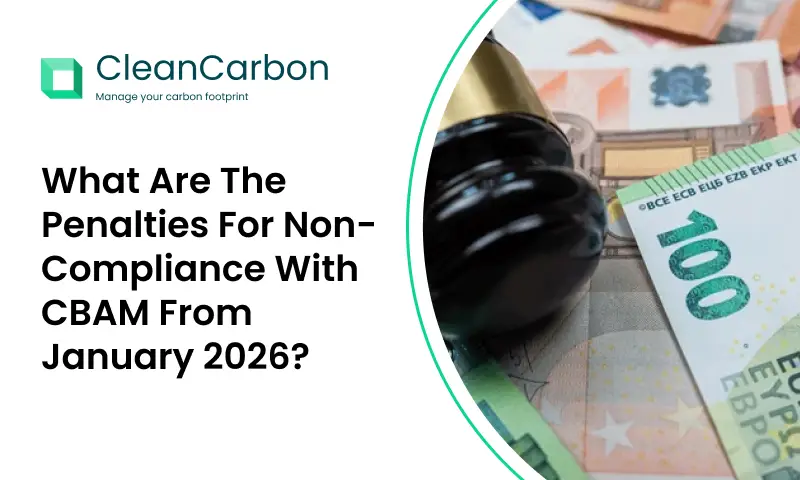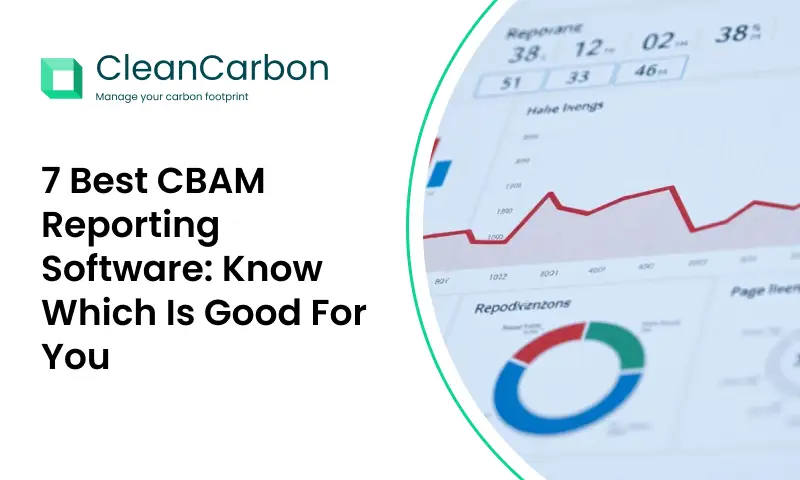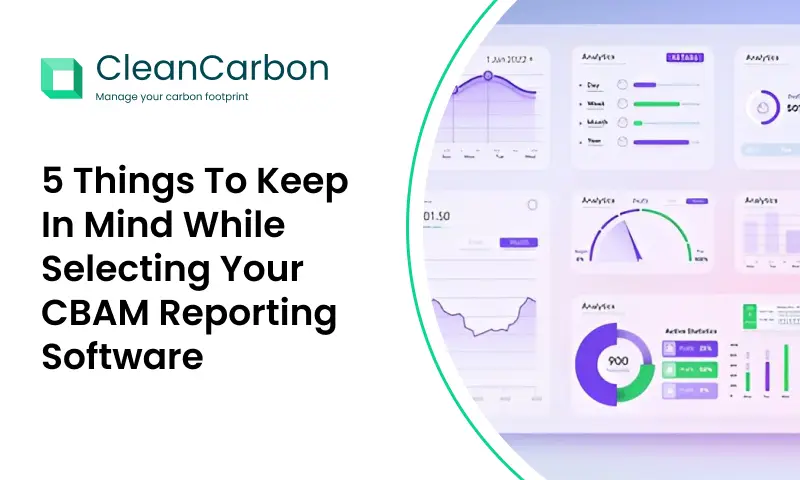The Carbon Border Adjustment Mechanism (CBAM) is transforming global trade by placing a price on the carbon emissions of imported goods into the European Union (EU). Businesses that export to the EU must understand and comply with CBAM to remain competitive and avoid penalties. This guide explores how businesses can adapt to CBAM requirements efficiently.
Understanding CBAM and Its Impact
What Is CBAM?
CBAM is a carbon tariff mechanism designed by the European Union to reduce carbon leakage and ensure fair competition between EU-based producers and foreign exporters. It requires importers to purchase CBAM certificates corresponding to the embedded emissions in their products.
Who Is Affected by CBAM?
CBAM primarily targets industries with high carbon emissions, including:
- Iron and steel
- Aluminum
- Cement
- Fertilizers
- Electricity production
- Hydrogen
Any business exporting these products to the EU must report emissions and pay for CBAM certificates.
Key Compliance Steps for Businesses
1. Assess Carbon Footprint
Before businesses can comply with CBAM, they must first assess their carbon emissions. Steps include:
- Conducting a greenhouse gas (GHG) emissions audit
- Measuring direct (Scope 1) and indirect (Scope 2 and 3) emissions
- Identifying carbon hotspots in the supply chain
2. Improve Carbon Accounting and Reporting
Accurate emissions reporting is crucial for CBAM compliance. Businesses should:
- Adopt international carbon accounting standards like the Greenhouse Gas Protocol
- Use automated carbon tracking software for real-time monitoring
- Establish third-party verification to ensure credibility
3. Enhance Supply Chain Sustainability
Since CBAM applies to imports, businesses must work with suppliers to lower carbon intensity. Strategies include:
- Sourcing low-carbon materials
- Switching to renewable energy in production
- Optimizing logistics to reduce transportation emissions
4. Invest in Decarbonization Technologies
Businesses can reduce their CBAM liabilities by lowering emissions through:
- Carbon capture and storage (CCS)
- Electrification of industrial processes
- Use of alternative fuels like hydrogen
5. Adjust Pricing and Financial Planning
CBAM introduces additional costs, requiring businesses to:
- Factor CBAM-related expenses into pricing models
- Explore carbon offset investments
- Seek financial incentives for sustainability initiatives
Industry-Specific Adaptation Strategies
Steel and Aluminum Industry
- Increase energy efficiency in smelting processes
- Utilize recycled materials to reduce emissions
- Partner with green technology providers for low-carbon innovations
Cement Industry
- Adopt carbon-neutral cement production techniques
- Incorporate alternative clinker materials to lower emissions
- Enhance waste heat recovery systems
Fertilizer Industry
- Shift to green ammonia production
- Optimize nitrogen use efficiency to reduce emissions
- Invest in circular economy solutions for fertilizer production
Leveraging Digital Tools for CBAM Compliance
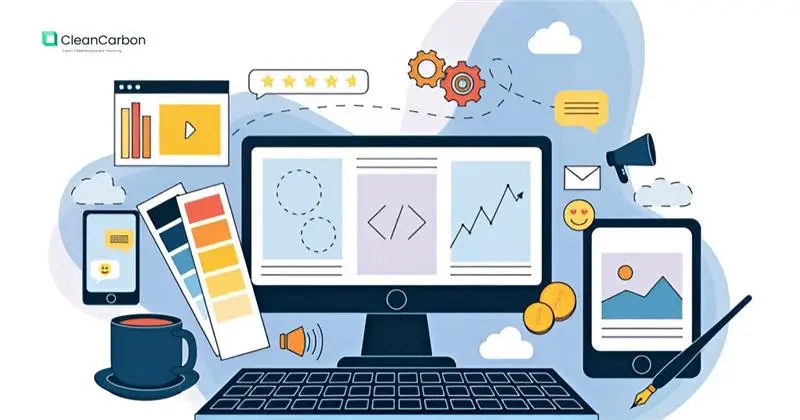
Carbon Management Software
Digital solutions can simplify CBAM compliance by:
- Automating carbon footprint calculations
- Generating CBAM reports for regulatory submissions
- Providing insights for emissions reduction
Blockchain for Transparent Emissions Tracking
Blockchain technology enhances supply chain transparency by:
- Recording immutable emissions data
- Allowing real-time verification of carbon reduction efforts
- Improving trust between exporters and EU regulators
Regulatory Deadlines and Business Preparedness
Businesses must stay ahead of CBAM compliance deadlines:
- 2023–2025: Transitional phase – reporting requirements only
- 2026 onwards: Full implementation with financial obligations
Regulatory Deadlines and Business Preparedness
- Start collecting and reporting emissions data now.
- Train internal teams on CBAM regulations.
- Engage with EU importers for alignment on compliance strategies.
Challenges and Solutions in CBAM Adaptatio
Challenge: High Compliance Costs
Solution: Seek government grants and subsidies for decarbonization projects.
Challenge: Complexity of Carbon Accounting
Solution: Use AI-powered carbon tracking tools to simplify calculations.
Conclusion: Future-Proofing Businesses for CBAM
Adapting to CBAM requirements is not just about compliance but CBAM requirements about gaining a competitive edge in a low-carbon economy. Businesses that proactively invest in sustainability, improve emissions reporting, and optimize their supply chains will be better positioned to thrive under CBAM regulations.
By taking strategic actions now, companies can reduce risks, minimize costs, and establish themselves as leaders in the sustainable trade landscape.

